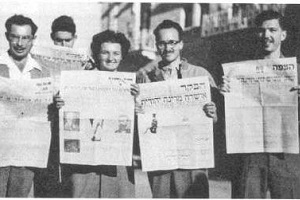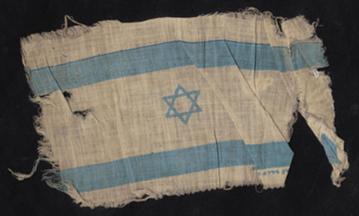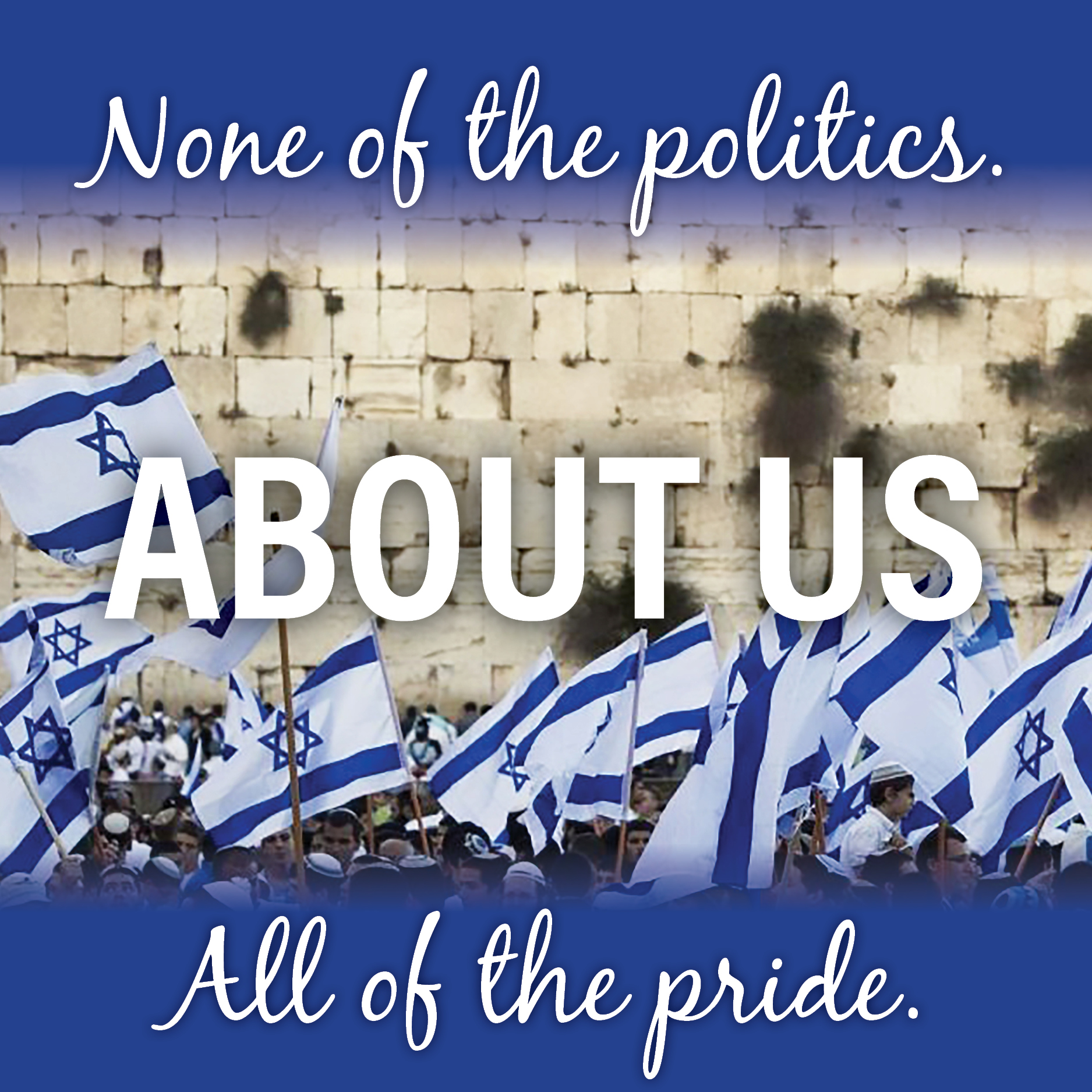This Flag is My Flag
By Tova Lipson

The Israeli flag has a long, symbolic history behind it, and means many things to many people.
It was used before the establishment of the State of Israel as the flag of Zionism, as a declaration of strength during the Warsaw Ghetto Uprising, as a flag representing the Jewish people among strangers.
It represents the country, but it also represents a people, a nation, and a history and attitude of courage, strength, and a will to move forward together.
Most people don’t realize that there have been other flags to represent the Jewish people long before the flag we know today was decided upon. In 1354, Emperor Charles IV of Prague allowed the Jews in his country to raise their flag on state occasions. This flag had a six-pointed star on it, was hung in the synagogues of Prague around this time, and from there the flag spread throughout Jewish communities in Eastern Europe. The Star of David itself had already been regarded as a Jewish symbol for a long time - it was put on a book, a synagogue, or as a marker of the Jewish quarter in a foreign country. The Star brought together the Jewish people and gave them a feeling of being at home, with their nation, whether or not they were religious.
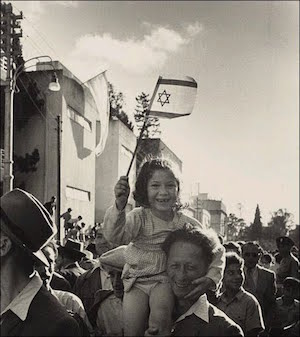
For these reasons, it was accepted as a symbol of the Zionist movement, and therefore was made a part of WZO’s official flag in 1897. This became the flag of Zionism.
The blue and white colors of the flag, however, are more spiritually affiliated. The Austrian Jewish poet, Ludwig August Frankl, originally voiced the idea that blue and white were the colors of the Jewish people, in a poem published in 1864, titled “Judah’s Colors”:
When sublime feelings his heart fill, He is mantled in the colors of his country, He stands in prayer, wrapped In a sparkling robe of white. The hems of the white robe Are crowned with broad stripes of blue; Like the robe of the High Priest, Adorned with bands of blue threads. These are the colors of the beloved country, Blue and white are the borders of Judah; White is the radiance of the priesthood, And blue, the splendors of the firmament.
It’s not known if WZO knew of the poem, but when the question of the flag to represent Zionism came up, it’s said that David Wolffsohn stood up, took out his tallit (prayer shawl), and showed the “flag”: a white background, with blue stripes along the sides. Thus, the blue and white of the flag represent the religious aspect of the Jewish people. And when the question of the Israeli flag came up, it was only right that it should be what was already widely known as the flag of Zionism.
One of the most momentous times the flag was raised was over the Warsaw Ghetto during the uprising, as a symbol of strength, together with the Polish flag. In the words of Alicja Kaczynska, “At one moment we witnessed an exceptional sight on that roof – a blue-and-white flag and a red-and-white flag were raised. We all cheered. Look! Look! The Jewish flag! The Jews have taken Muranowska Square! Our voices echoed on the stairs. We hugged each other, hugged and kissed.”
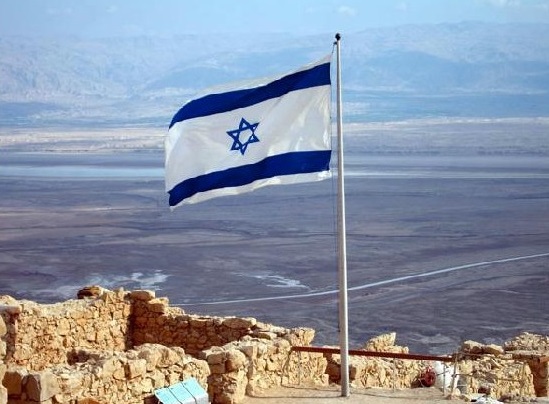
Today, I’m proud to see the flag as I travel around Israel. You’ll find it everywhere - in official government buildings and schools of course, but also hanging out of windows, spray-painted on walls, or as part of advertisements. It’s a constant reminder that we’ve established the Jewish State, and I’m proud of how far we’ve come.
So, on Israel Flag Day, and EVERYDAY, join us in raising the Israeli flag.
We raise them for solidarity, for history, for community. We raise them to display our pride for Israel and our connection to the past, present, and future of the Jewish people.
We raise them to show the world that we are free, and strong, and brave - and together.

